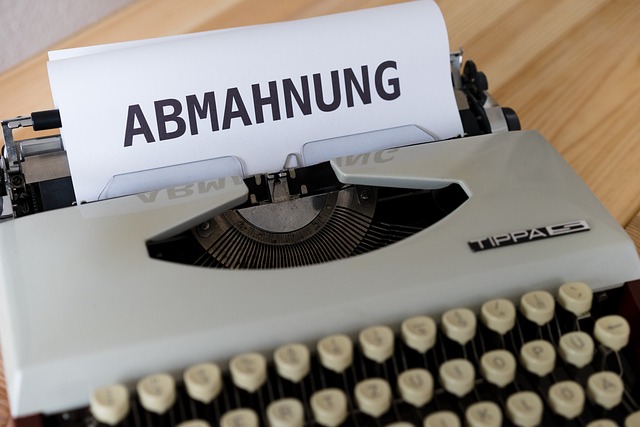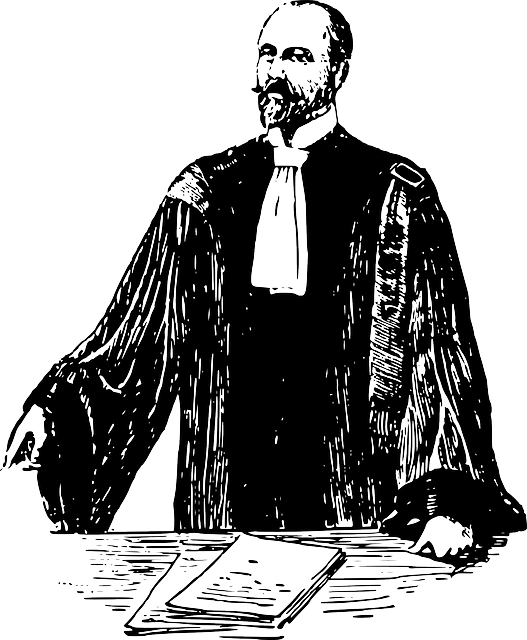C-Level investigations probe executive misconduct, including fraud and breach of fiduciary duty, requiring legal expertise in corporate governance. Common violations include discrimination, harassment, and financial misconduct. A strategic approach involves defining scope, engaging investigators, gathering evidence, and ensuring legal compliance while protecting employee privacy. Best practices emphasize fairness, transparency, clear communication, and adherence to employment laws for effective investigations.
“In every organization, maintaining a fair and safe work environment is paramount. This article delves into the world of C-Level investigations—a crucial process for addressing potential wrongdoings at the highest management levels. We explore what these inquiries entail and why they’re essential. From understanding common workplace rights violations through case studies to providing a step-by-step guide for launching effective investigations, we also cover legal implications, employee protections, and best practices. Discover key insights into ensuring fairness and transparency in these critical inquiries.”
- Understanding C-Level Investigations: A Deep Dive
- Common Workplace Rights Violations: Case Studies
- Launching an Effective Investigation: Key Steps
- Legal Implications and Employee Protections
- Best Practices for Fair and Transparent Inquiries
Understanding C-Level Investigations: A Deep Dive
C-Level Investigations refer to the thorough examination and probe into high-level executive misconduct within an organization. These investigations are pivotal in addressing potential violations of workplace rights, especially involving top-tier management. They serve as a critical mechanism to uphold ethical standards and ensure accountability among corporate leaders.
Examples of Workplace Rights Violations include but are not limited to fraud, embezzlement, and breach of fiduciary duty. A deep dive into these investigations entails navigating complex legal landscapes, understanding the nuances of corporate governance, and applying specialized knowledge in white collar defense. Throughout all stages of the investigative and enforcement process, a comprehensive approach that combines legal expertise and strategic planning is essential. This ensures not just compliance with laws but also provides robust general criminal defense strategies for those accused, balancing justice with due process.
Common Workplace Rights Violations: Case Studies
In the realm of C-Level investigations, understanding common workplace rights violations is paramount. Case studies reveal a range of issues that extend from discrimination and harassment to unethical business practices and financial misconduct. These scenarios often involve high-profile individuals and carry an unprecedented track record of legal complexities, making them high-stakes cases for both organizations and their leaders.
For instance, examples of workplace rights violations include unfair compensation practices, where executives are found to have artificially inflated contracts or engaged in pay-to-play schemes. Similarly, sexual harassment and discrimination cases have garnered significant attention, with victims bravely coming forward to expose a toxic work culture. These scenarios not only reflect an organization’s failure to uphold ethical standards but also highlight the need for robust general criminal defense strategies tailored to mitigate risks and protect both individuals and entities involved in such delicate matters.
Launching an Effective Investigation: Key Steps
Launching an effective investigation requires a strategic approach, especially at the C-level where high-stakes issues are at play. To initiate a robust inquiry, several key steps must be taken. Firstly, define the scope and objectives clearly, focusing on uncovering specific instances of potential violations. This could encompass various examples of workplace rights violations, such as discrimination, harassment, or misuse of company resources. Engaging experienced investigators who understand the respective business’s nuances is paramount to ensuring a thorough and unbiased process.
Secondly, gather relevant information proactively. This involves reviewing policies, procedures, and documentation while also conducting interviews with stakeholders. By meticulously examining all stages of the investigative and enforcement process, from initial reports to jury trials (if necessary), investigators can construct a comprehensive narrative. This systematic approach not only facilitates a fair assessment but also helps in implementing preventive measures to uphold the highest standards within the respective business.
Legal Implications and Employee Protections
When C-Level investigations are launched, understanding the legal implications and employee protections is paramount. These inquiries often involve complex issues related to employment laws, privacy rights, and corporate governance. Companies must ensure their investigation procedures comply with local, state, and federal regulations to avoid potential legal pitfalls. For instance, employers must respect employees’ rights against unreasonable search and seizure, providing clear notices and obtaining consent whenever possible, especially when accessing personal communications or digital records.
The protection of employee privacy is a critical aspect, particularly during the sensitive all stages of the investigative and enforcement process. Companies with an unprecedented track record in managing these cases carefully balance the need for transparency and accountability with the preservation of individual rights. Examples of workplace rights violations can include discrimination, harassment, retaliation, or breach of confidentiality agreements. Employers must conduct thorough investigations while adhering to legal standards, ensuring fairness and due process for all parties involved.
Best Practices for Fair and Transparent Inquiries
When conducting C-Level investigations, it’s paramount to uphold best practices that ensure fairness and transparency throughout the process. This includes clear communication with all parties involved, documenting every step for accountability, and adhering to legal guidelines governing workplace rights violations. For instance, providing a structured framework for investigation allows for consistent application of policies, minimizing potential bias.
Transparency builds trust, especially when dealing with sensitive matters like white-collar and economic crimes. Achieving extraordinary results in investigations requires a meticulous approach, where every detail is meticulously documented and examined. This not only guarantees the integrity of the process but also ensures that employees’ rights are respected at every stage, fostering a culture of fairness within the organization.
C-level investigations are crucial for maintaining a fair, transparent, and compliant organizational culture. By understanding the intricacies of these inquiries, recognizing common workplace rights violations like those highlighted in our case studies, and adhering to best practices that emphasize fairness and legal protections, organizations can ensure their investigative processes stand up to scrutiny. Effective implementation of these strategies not only upholds employee rights but also strengthens trust and fosters a positive work environment.






